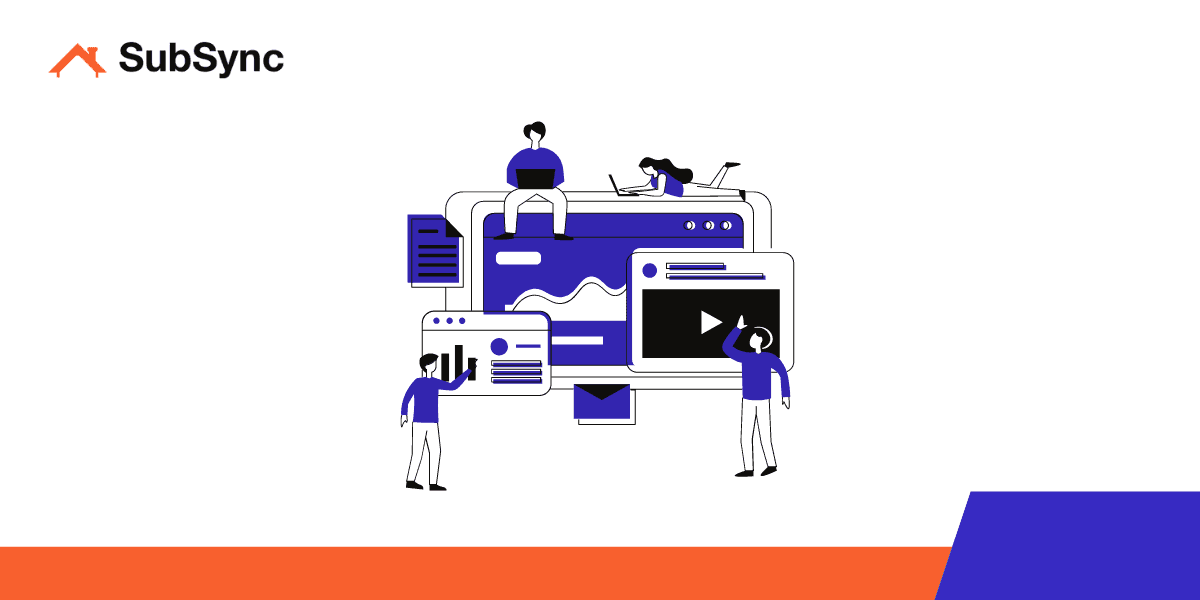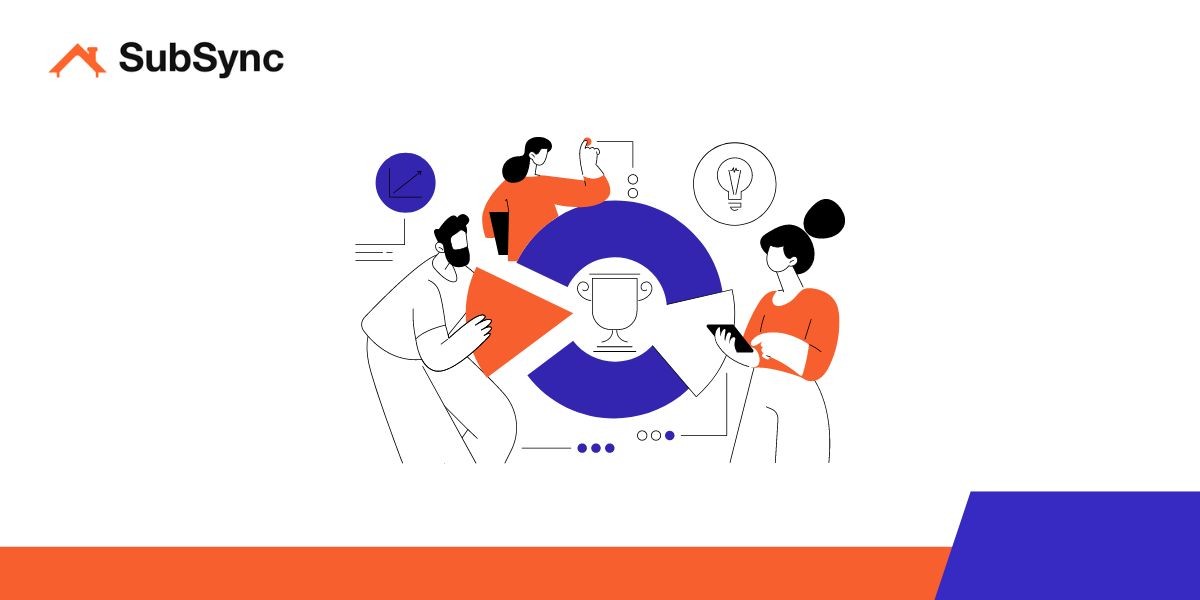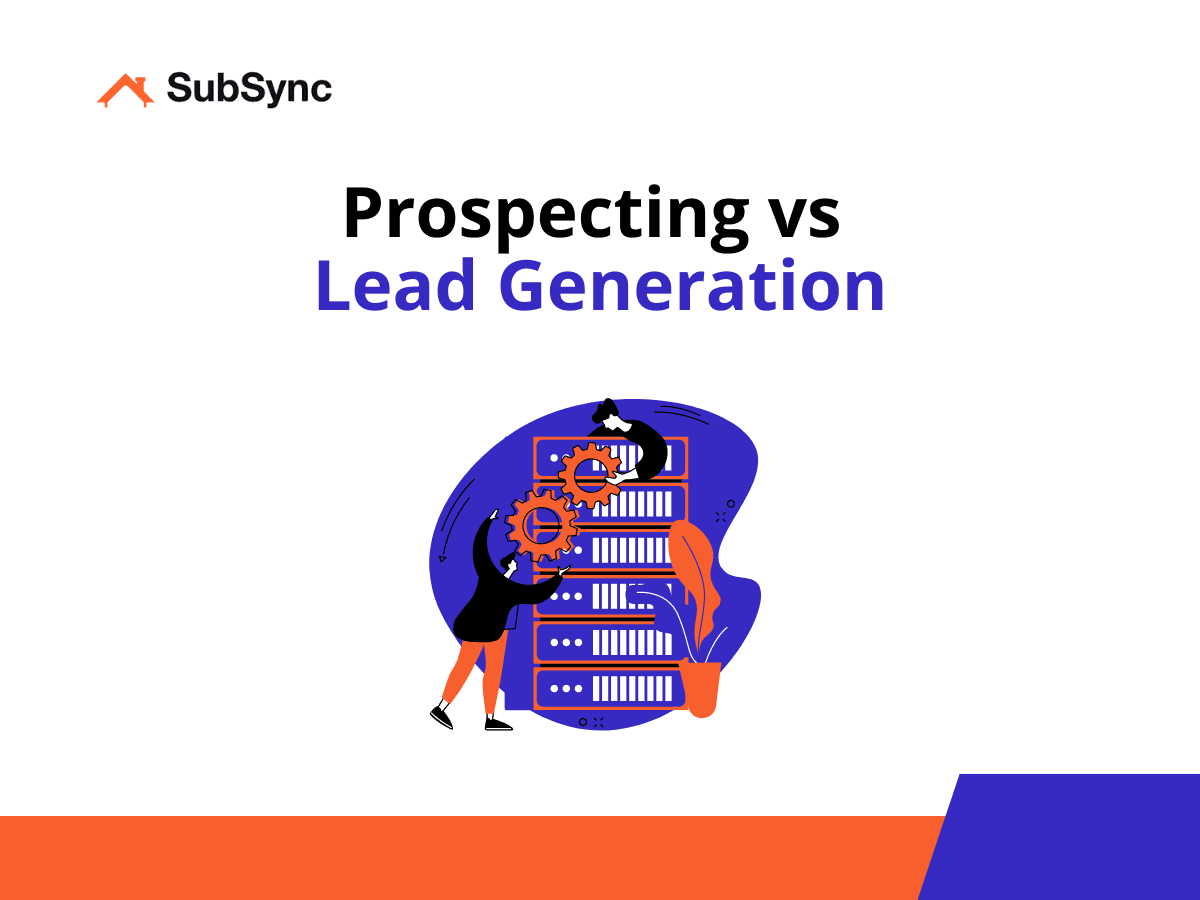Prospecting vs Lead Generation (What’s the Difference in 2024?)
Aug 28, 2024
In this prospecting vs lead generation article, we will explore the main differences and distinct qualities of prospecting and lead generation. Read on to learn more.

What is Prospecting?
Prospecting is the process of actively searching for potential customers who fit the ideal profile for your product or service. It is often done by sales teams who reach out directly to potential clients.
Example: A salesperson for Salesforce might target companies with over 500 employees that don't currently use a CRM. They would then contact decision-makers at those companies to introduce them to Salesforce's CRM solutions.
Unique Characteristics of Prospecting
Here are some of the distinct qualities of prospecting:
Personalized Outreach: Prospecting often involves direct communication like emails or phone calls tailored to the individual.
Active Searching: Sales reps actively search for potential customers using tools like LinkedIn or industry databases.
Immediate Interaction: Prospecting allows for quick feedback, as potential customers can respond right away.
Targeted Approach: Focuses on specific companies or individuals that fit a particular customer profile.

What is Lead Generation?
Lead generation involves creating interest in your product or service to attract potential customers. It is typically handled by marketing teams who use various strategies to capture leads.
Example: SubSync might use social media ads, automated email campaigns, and personalized landing pages to attract home service businesses. When a business owner interacts with a personalized landing page, they become a lead that SubSync's CRM can automatically nurture and convert.
Learn more about lead generation.
Unique Characteristics of Lead Generation
Here are some of the distinct qualities of lead generation:
Content-Driven: Lead generation relies heavily on content like blogs, social media posts, and videos to attract potential customers.
Automated Processes: Tools like email marketing platforms and landing pages automate much of the lead generation process.
Broad Reach: It casts a wide net to capture a large number of leads, which can then be qualified.
Data Collection: Lead generation often involves gathering data on potential customers, like their contact info and preferences.

Prospecting vs. Lead Generation: What’s the Difference?
Although prospecting and lead generation are similar, they have unique characteristics and serve different purposes. We will explore these differences below.
Direct Outreach
Prospecting involves reaching out directly to specific potential customers, often through phone calls or emails.
Lead Generation uses indirect methods like content marketing and social media to attract a wide range of potential customers.
Effort and Automation
Prospecting usually requires manual effort from sales teams who actively seek out and engage with potential customers.
Lead Generation often relies on automated tools and processes, such as email campaigns or landing pages, to capture and manage leads.
Engagement Timeline
Prospecting is focused on immediate engagement, aiming for quick interactions that can lead to a sale.
Lead Generation works over the long term, building interest and nurturing leads until they are ready for a sales conversation.
Target Audience
Prospecting targets specific individuals or companies that fit a well-defined customer profile.
Lead Generation targets a broader audience, often less specifically defined, to gather as many potential leads as possible.
Communication Style
Prospecting involves personalized communication tailored to the individual needs of the prospect.
Lead Generation relies on content-driven strategies, such as blogs and videos, to attract and educate potential customers.
Feedback and Response
Prospecting allows for immediate feedback, as sales reps can quickly gauge interest and adjust their approach.
Lead Generation requires nurturing, with leads typically taking more time before they engage directly with a sales team.
We hope that our lead generation vs prospecting article has now left you with a better understanding of the main differences between lead generation and prospecting.
If you enjoyed this article, you might also enjoy the following articles:







